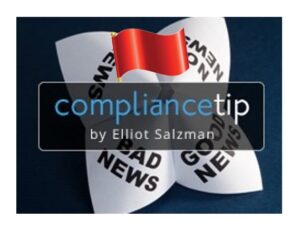 The presence of one or more red flags is not necessarily indicative of fraudulent intent, but it does point out the need for additional review.
The presence of one or more red flags is not necessarily indicative of fraudulent intent, but it does point out the need for additional review.
Red flags must be documented in the loan file, including red flags identified through various underwriting engines like Fannie Mae (DU), Freddie Mac (LPA).
The following are just some examples of red flags related to paystubs:
- Payroll checks that are numbered, but do not increase chronologically with the pay dates.
- Dates of pay periods are inaccurate.
- Year-to-date totals do not balance or do not reflect the sum of pay period earnings, or year-to-date or pay period dates are inconsistent or overlap from paystub to paystub.
- Social Security number of the pay stub does not match the borrower’s Social Security number.
- Amount of income is not reasonable for the position held.
- The paystub from a major employer is handwritten rather than computer generated.
- There are inconsistencies in deductions when more than one check is present.
- All figures are in round dollar amounts.
- Amounts withheld for Social Security or Medicare are not consistent with the Social Security Program Rates and Limits.
- Employer’s address is a P.O. Box.
- Debts reflected on the payroll deductions are not reflected in the application.
- Name of the employer is similar to the borrower
The following are examples of red flags related to undisclosed self-employment:
- The business name contains the name or initials of the salaried borrower.
- Borrower and co-borrower are listed as “president” and “vice president” of the same company, yet not listed as self-employed.
- Borrower’s home phone number and employment phone number are the same, yet not listed as self-employed.
While this list is not intended to cover every red flag, this should serve to remind you that most fraudulent applications have telltale signs of potential fraud.
Stay tuned for more tips coming in the future.
Editor’s Note: A technical glitch cut off some of the bullets points in the original post. This has been corrected. Our apologies for any confusion.
